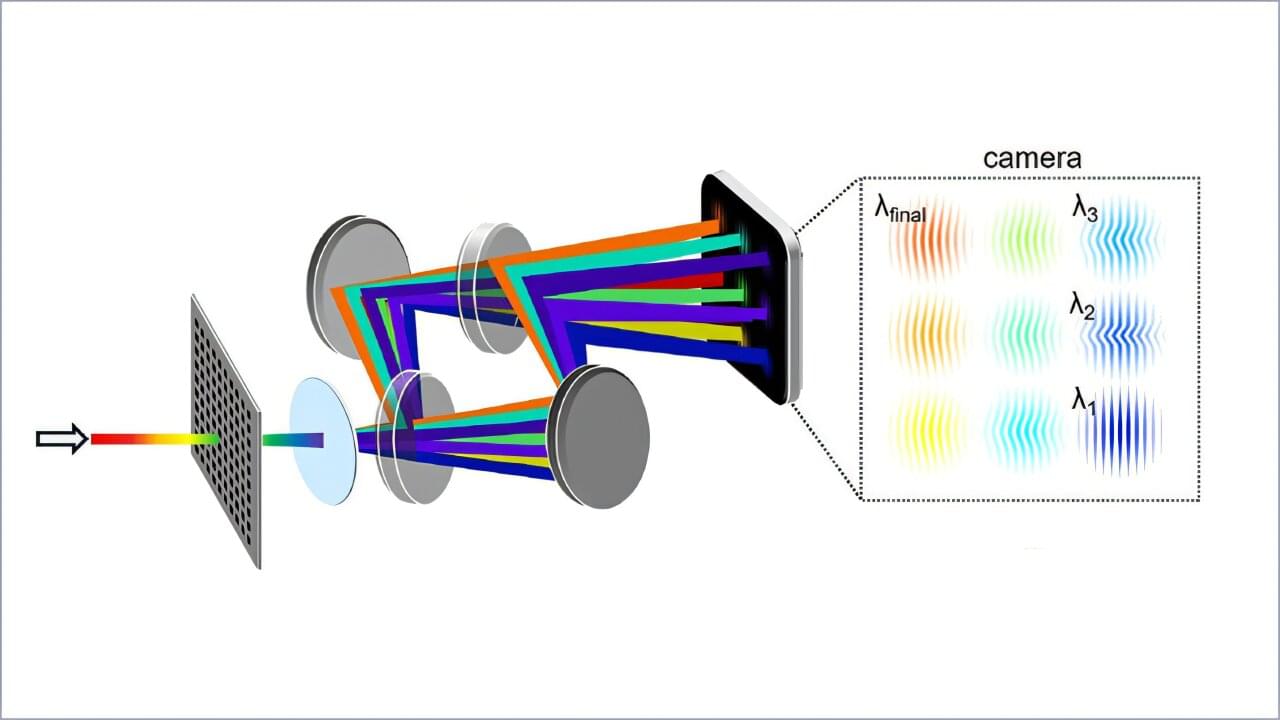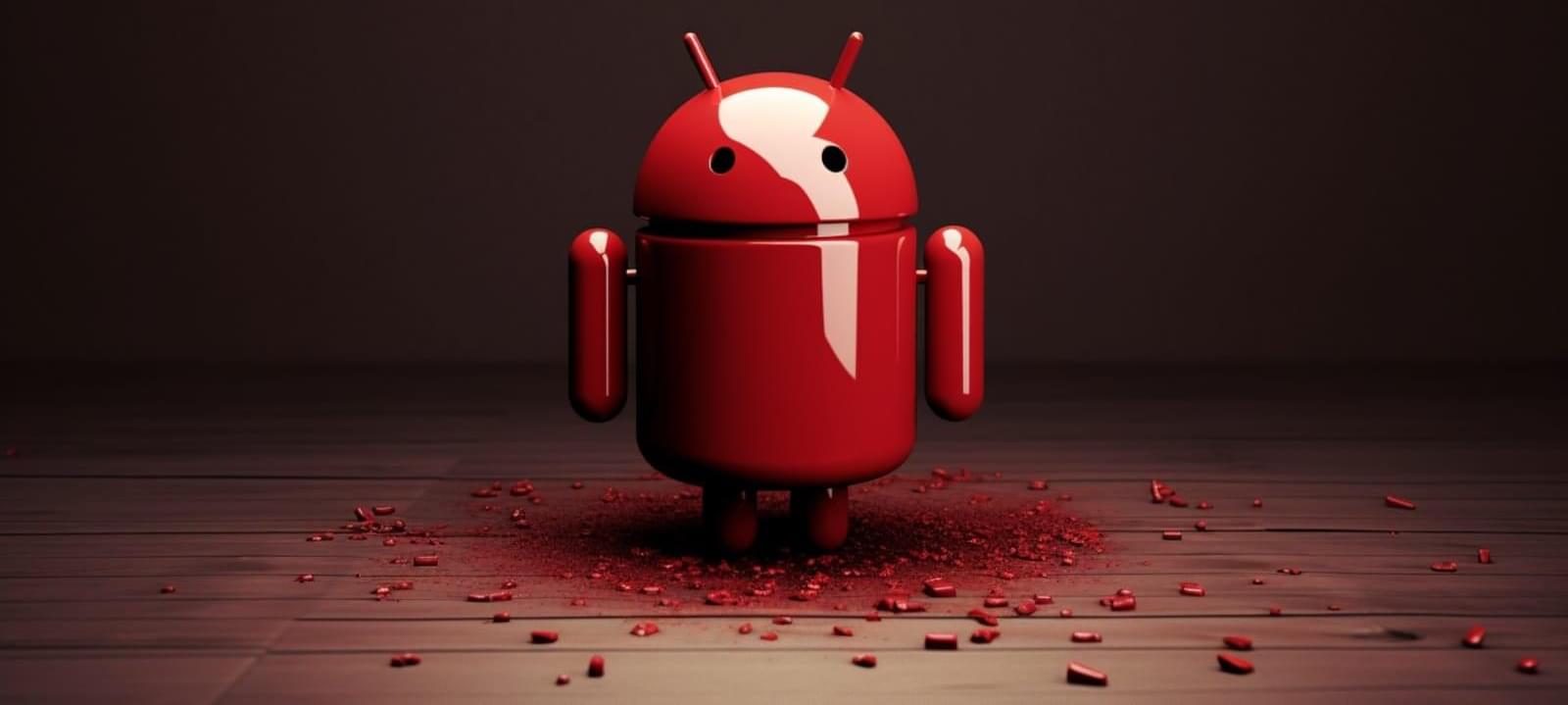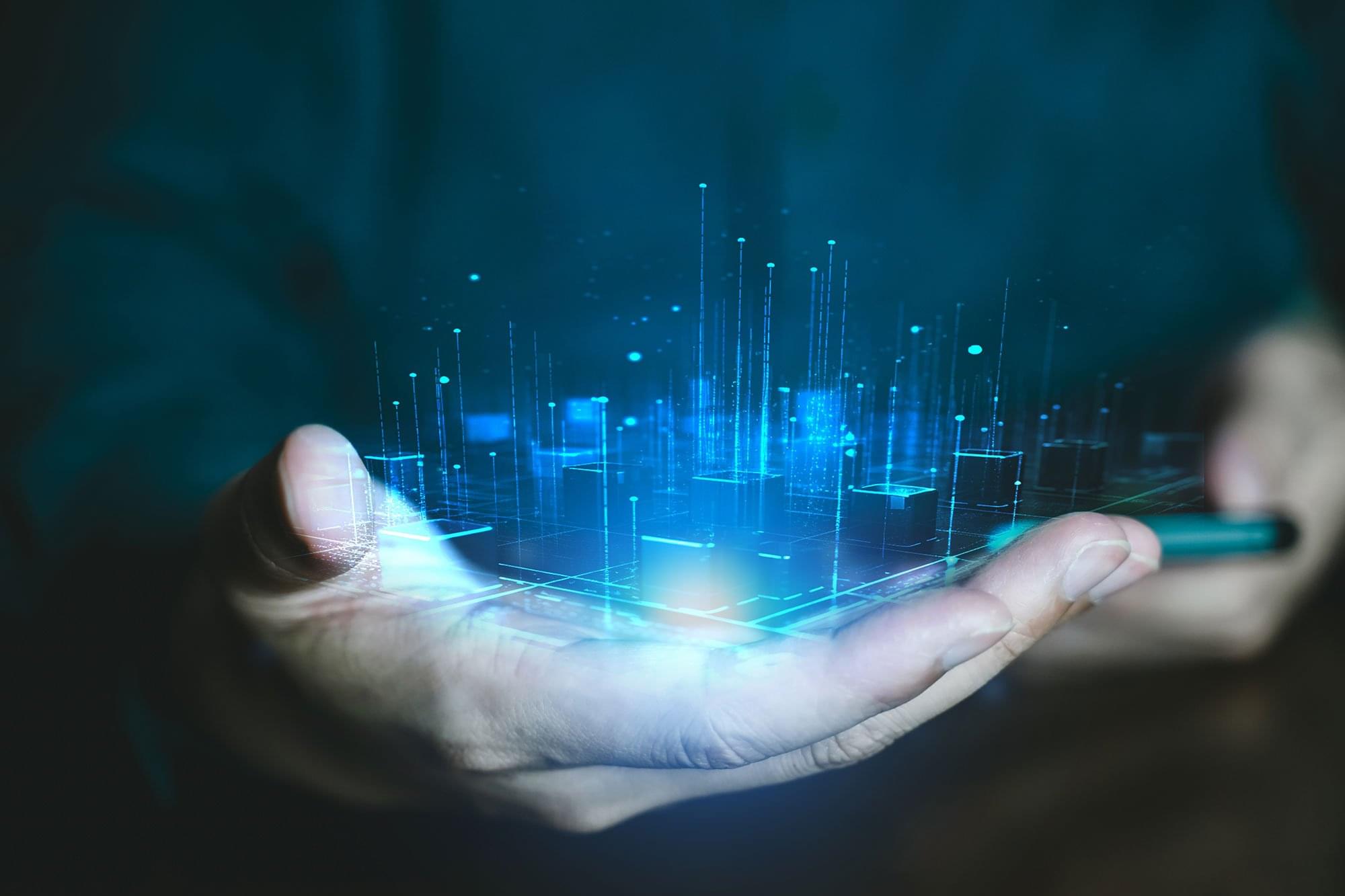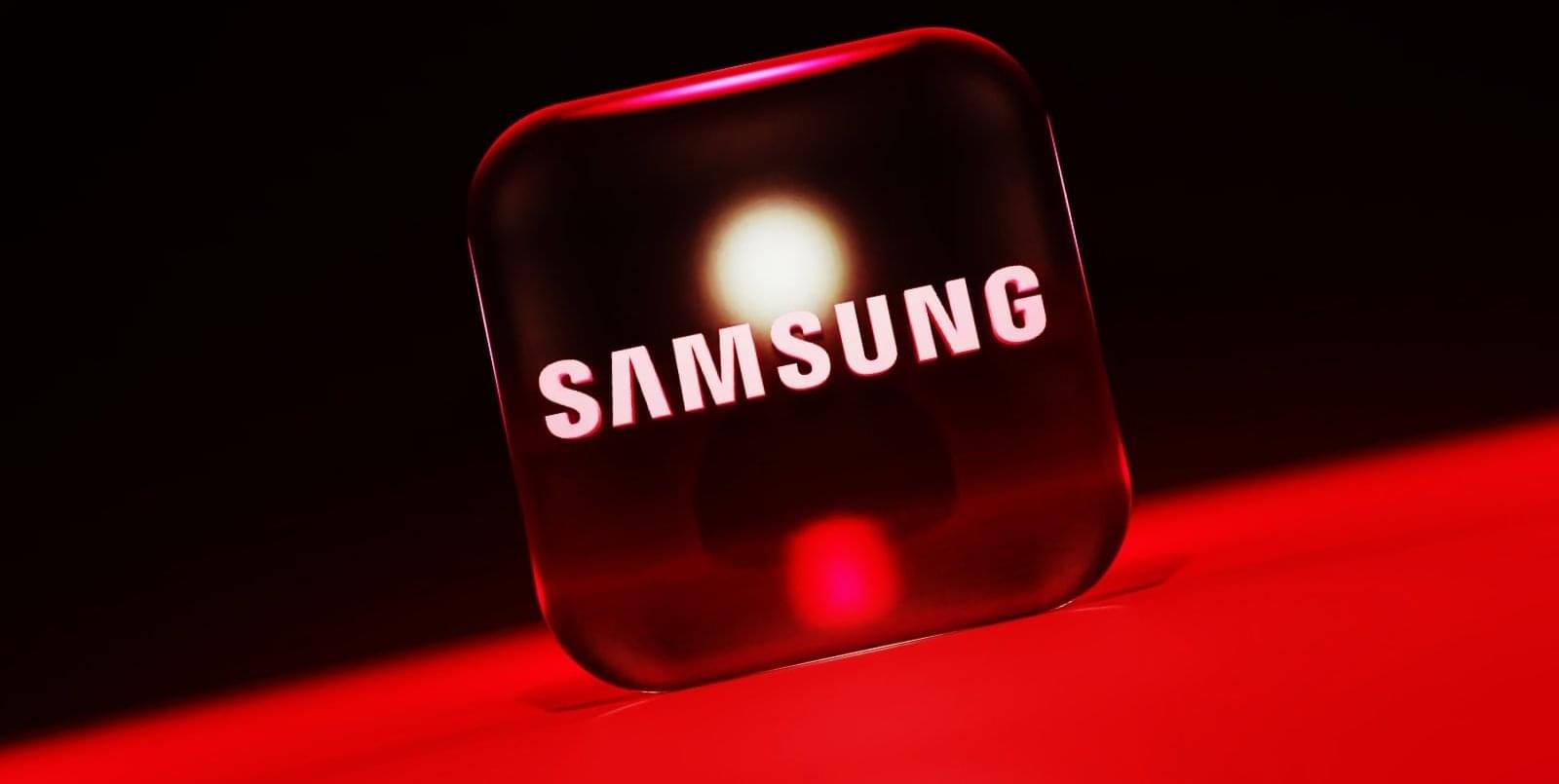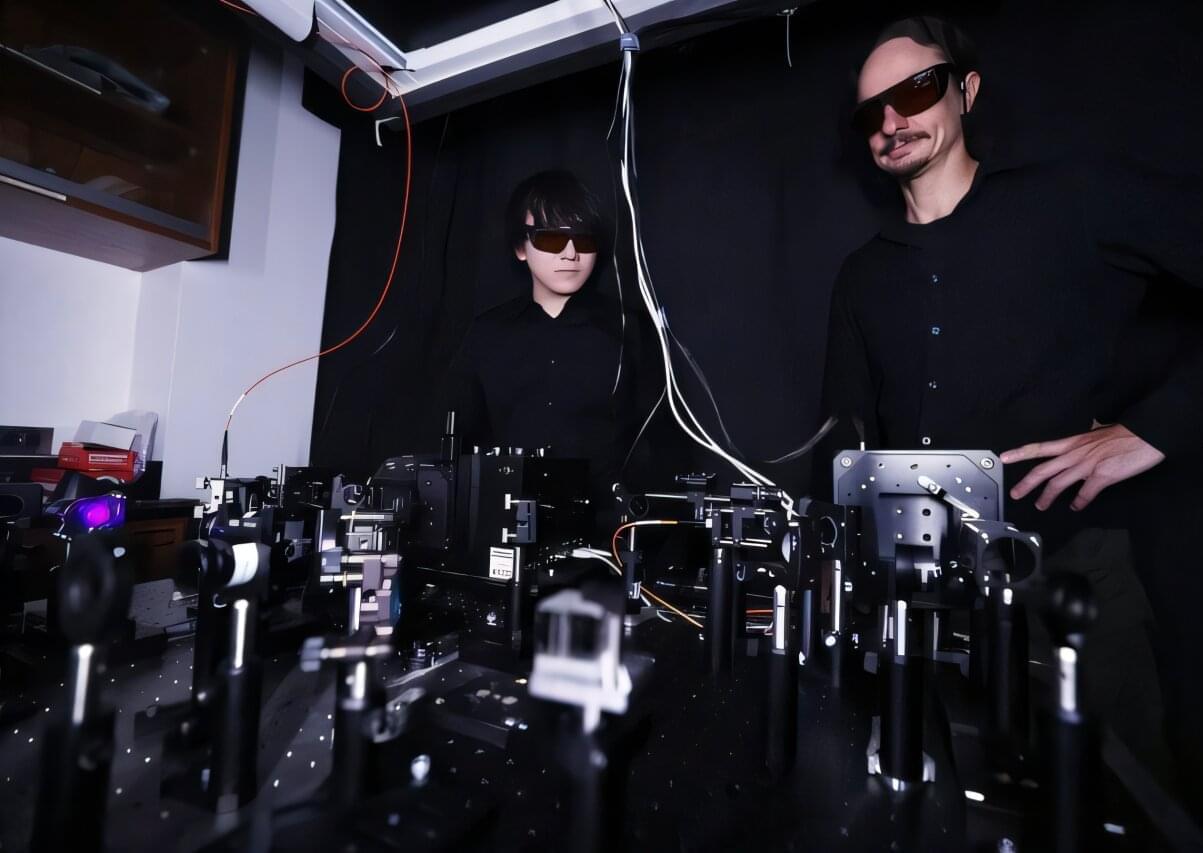New research from the University of St Andrews is advancing holographic technology, with potential applications in smart devices, communication, gaming, and entertainment. In a paper published in the journal Light, Science and Application, physicists from the School of Physics and Astronomy reported the creation of a new optoelectronic device that combines Holographic Metasurfaces (HMs) with Organic Light-Emitting Diodes (OLEDs).
Until now, holograms have typically been generated using lasers. The St Andrews team, however, demonstrated that pairing OLEDs with HMs provides a more compact and straightforward method. This approach is not only easier to implement but also less expensive, addressing one of the key challenges that has limited wider use of holographic technology.
OLEDs are thin-film devices already common in mobile phone displays and some televisions, where they create colored pixels. Because they are flat and emit light across their surface, OLEDs are also promising for emerging fields such as optical wireless communication, biophotonics, and sensing. Their versatility and ability to integrate with other components make them well-suited for developing miniaturized, light-based systems.
